Original URL: https://www.theregister.com/2007/07/27/review_samsung_s1030_and_s850/
Samsung S1030 and S850 digital cameras
More features than a Sunday newspaper supplement
Posted in Personal Tech, 27th July 2007 15:41 GMT
Review The Samsung S1030 and S850 offer huge image sizes at a knockdown price, with plenty of extra features and full 30 fps movie recording with sound. With superior ASR and Wise Shot modes on the S850 you're guaranteed better shots. Just don't forget to buy a few dozen sets of batteries, as these puppies are power hungry.
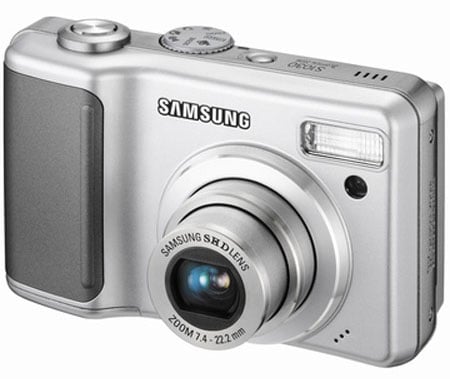
Samsung S1030 compact digital camera
There was a time when, a hundred and thirty of your hard-earned would get you only the most basic digital camera. But the Samsung S1030 combines a huge 10 megapixel chip with a wealth of extra features at this knockdown price, combining superior image quality with ease of use: its stablemate, the S850, has an 8 megapixel chip but, at £30 more, offers some significant enhancements. One's silver, the other's black; so what is there to choose between them?
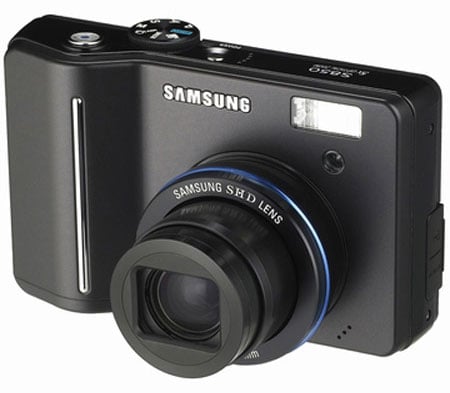
Samsung S850 compact digital camera
At 3.3cm thick, neither are the slimmest cameras on the market, and they'd both cause a significant bulge in any pocket. But they fit neatly in the hand, and the 2.7in LCD screen (2.5in on the S850) is large enough to see the image clearly and bright enough to view even outdoors. Unusually, the S1050 comes with 45MB of onboard storage, which means you can use them both straight out of the box if you haven't yet bought a memory card - but remember that, at 10 megapixel resolution, you'll only be able to hold around 9 images internally. The S850 has just 20MB built in memory, which is just plain irritating. With support for up to 4GB of flash memory, though, the internal storage isn't really an issue.
The cameras are both powered by two standard AA batteries, which, in the light of the rechargeable Lithium Ion cells used by many of their competitors, seems a bit cheap. On the plus side, though, it means you're never going to be stuck with a dead camera when you can always buy a couple of new AAs.
But in the long run, it's going to add significantly to the cost of running these cameras: in our tests, a couple of standard AA batteries were exhausted after taking less than a dozen photographs and 30 seconds of video. During the period it took us to test these cameras they gobbled up three sets of Duracell AAs - and they ain't cheap.
The good news is that when the cameras are attached to your computer they draw power through the USB cable; the bad news is that you can't use them as either a camera or a viewer in this mode.
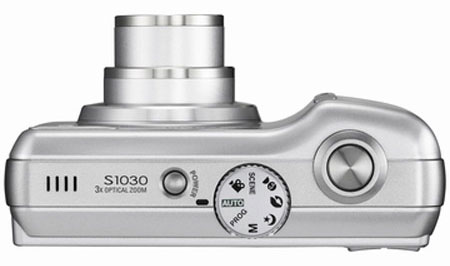
The Samsung S1030 has a stylish casing
The standard 3x optical zoom of the S1030 is 'enhanced' by an additional 5x digital zoom, with all the attendant problems that brings; but the main advantage of a 10 megapixel camera is not to print poster-sized shots, but to have the ability to crop into an area of interest when you get it home. The S850, on the other hand, boasts a full 5x optical zoom, getting you that much closer to the action.
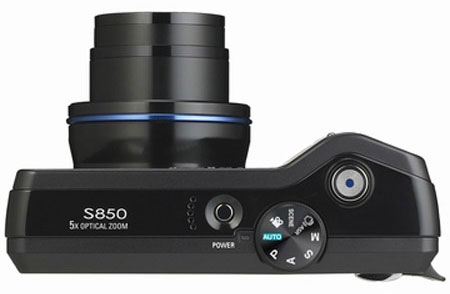
The black-on-black makes the controls on the S850 sometimes a little tricky to find and use
At full resolution, images are crisp and sharp - although the autofocus occasionally misses the subject, producing out-of-focus images that are hard to spot on the LCD screen. There's some noticeable colour fringing in these areas, too, but no more than you'd expect from cameras of this size.
What is more surprising is the almost total lack of noise in the images, even in large areas of flat colour shot under low lighting conditions - plain walls, especially, are regions that are most susceptible to noise. While the lack of noise is certainly welcome, it's almost too good; the image has clearly been smoothed in the camera, which might make for better initial results, but means that those users who like to sharpen their images in Photoshop afterwards are in for a tough time. Any sharpening enhances the smoothed areas to an unnatural degree, showing up the process that made them so smooth in the first place.
The S1030 has all the standard modes you'd expect: variable image size from 640 x 480 right up to 3648 x 2736 pixels in 11 steps (do we really need that many?), and movie recording at up to 640 x 480 pixels and up to 30 frames per second, with sound.
The S850 adds a range of features not found in its little brother (albeit with a confusingly bigger-sounding name). Movie recording is up to 800 x 592 pixels, although here the frame rate drops to just 20 frames per second; automatic stabilising does a reasonable job of minimising camera shake.
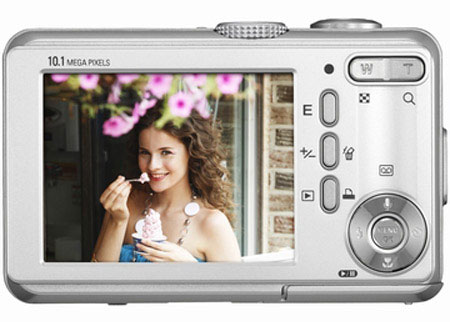
The S1030 features a 2.7in LCD display
The S830 also offers a high sensitivity ISO 1600 setting (compared with a maximum ISO 1000 on the S1030), which means you can take more photos indoors without a flash. This, coupled with ASR (Advanced Shake Reduction) makes for better flashless photography.
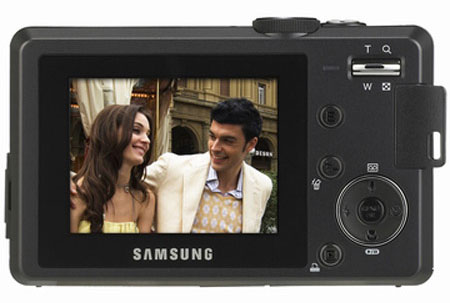
The S850 features a 2.5in LCD display
But what if you've got just one chance at the perfect shot? You want to try it without the flash, but you're worried that it might just come out blurry, despite all that ASR has to offer. Step in Wise Shot, which takes two pictures at the same time - one using the Flash, the other using ASR. When the images have been captured, the LCD screen shows them both side by side for comparison: beneath the main images are enlargements of both of them, which dance around the image in synch so you can compare them in close-up, and choose which of the two to save.
Although, frankly, there's no reason why the camera shouldn't manage to save both images, so you could decide which is the best one when you get them back to your computer, rather than having to make a snap decision while the bride's still got her knife hovering over the cake.
The S850 has a 'super macro' setting that focuses as close as 1cm, and an intriguing Intelligent Face Recognition Technology that enables auto focusing on faces even when they're not in the centre of the frame.
Both cameras come with a variety of scene selections - the standard Beach, Snow, Sunset, Night, Fireworks and Backlight, and so on. Of course, you can override all of these and opt for either fully automatic or manual shooting modes, with the choice of shutter or aperture priority.
Slightly less standard features are three timer modes: ten seconds, so you can position the camera and run around to get in the picture; 2 seconds, for eliminating camera shake when you press the capture button; and a double timer. This last mode is ideal for taking group shots: the ten second timer allows you to get in the picture, but it's not until the shot has been taken, and the group of family or friends relaxes, that it fires again and you get a more natural shot. There's also a Voice Memo mode that allows a ten second audio clip to be attached to each image - ideal for recording what, exactly, you've photographed.
A 'special effect' button brings up a menu of options. The Colour section allows you to choose black and white, sepia, negative or red, green or blue tones; a novel preset focus mode places a rectangle, body shape or double body shape on the viewfinder, and then turns everything outside that area to soft focus. Fine if you manage to get your subject perfectly lined up; irritating if you forget to turn this mode off afterwards.
Several cameras allow composite shooting, so you can photograph a friend on one half of the screen, and they can then photograph you on the other half to produce an image that looks as if you're both standing in the same shot. The Samsung takes this a step further with multiple arrangements of up to four images combined. There's no soft transition between the captures, though, so if you're not precisely lined up you'll get disappointing results.
The next special effect is Photo Frames, which adds a variety of borders - snapshot style edges, hearts, a seaside cutout style pair of heads for you to peer through, and a division of the scene into two cartoon-style frames with speech bubbles. It sounds good on paper, but the results are cheesy and cheap looking: you're stuck with a 'Life is Fun' caption on the cartoon frames, and 'My Memory' printed over the Polaroid-style frame.
You can play back images as slideshows on both cameras, with optional transitions between images: only the S850, however, has the option of adding music to the shows. Yes, that's right - you get a choice of three cheesy supermarket muzak tunes for the full multimedia experience. The controls on the S1030 are clear, easy to use and intuitive in operation. The tiny icons on the S850's buttons, however, are recessed black on black, making them virtually unreadable - a bizarre choice, indeed.
With a movie stabilizer, custom white balance controls, ISO settings up to 1000, auto exposure bracketing, three sharpening modes and manual overrides, the Samsung S1030 offers as much as you could want from a camera in this class - and at a bargain price. The S850 offers superior image stabilization and a better optical zoom, with larger movie sizes.
The battery issue for both cameras is a significant one, though, and the occasional difficulty in focusing does present a more serious problem. Both are capable of taking excellent images, far beyond what you'd expect for the price; ignore most of the special effects, take the time to focus correctly, and you won't be disappointed. But do invest in a set of rechargeable batteries first.
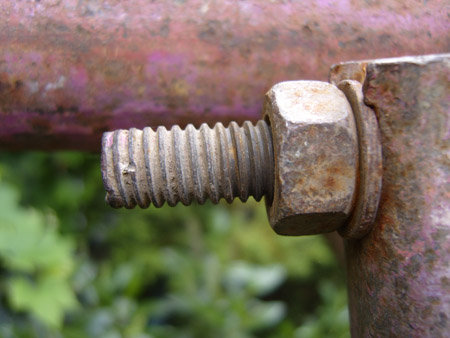
The ability to capture fine detail sharply is among the S1030's strengths

The Macro function works well for close-up photography, although focusing can be a tricky issue
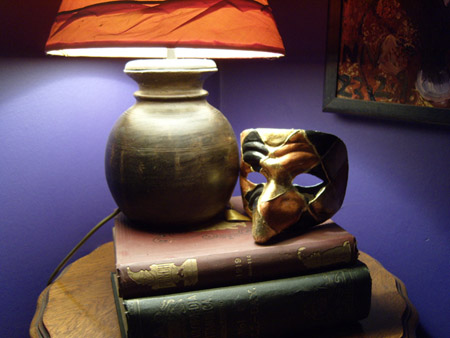
With a variable ISO up to 1000, the S1030 can capture
rich, good-looking images even in low lighting conditions
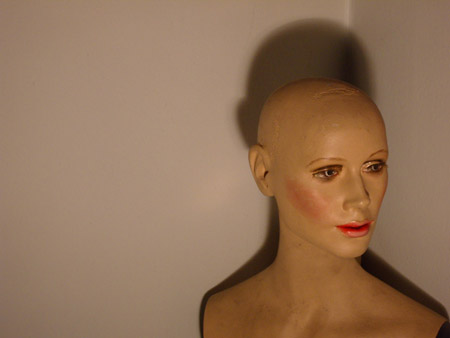
Post-processing ensures a lack of colour noise even in low lighting: with many
cameras in the same class, this blank wall would be awash with stray colour pixels
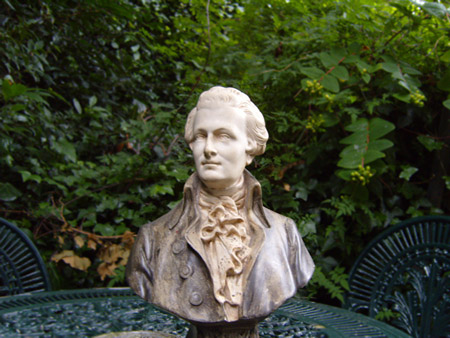
In one of the preset portrait modes, the background is blurred
out of focus around the cutout in the shape of a person

The flash produces strong, bright images with little colour shift - but, again, focussing can be an issue

One of several optional photo frames available on both cameras with
which you can choose to surround your images. Best given a wide berth

Even in low lighting conditions, the S850 can capture focused, sharp images
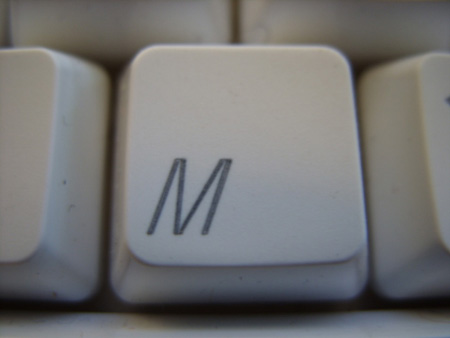
With a super macro setting down to 1cm,the S850 can get you incredible close to the subject
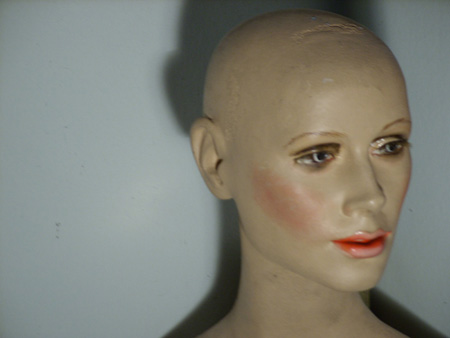
Intelligent Face Recognition Technology means the S850 can find and
focus on this face, even though it's not in the centre of the frame
Verdict
The S1030 has great image quality, albeit with some focusing issues - the S850's stabilising feature works a treat, but you have to make snappy choices when using WiseShot. Either way, you'll spend the rest of your life buying sets of AA batteries.